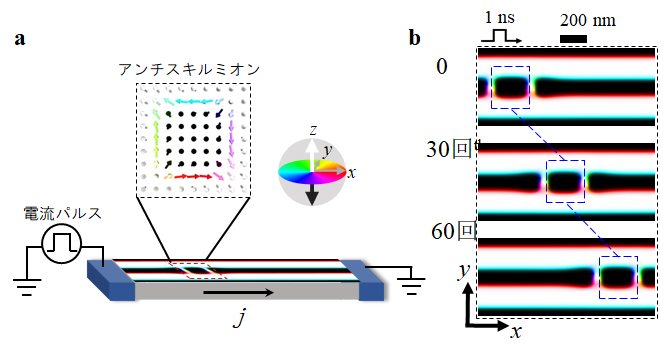2024-09-06 ハーバード大学
<関連情報>
- https://seas.harvard.edu/news/2024/09/why-do-materials-get-stronger-when-they-are-deformed
- https://www.nature.com/articles/s41586-024-07453-6
コロイド結晶の加工硬化 Work hardening in colloidal crystals
Seongsoo Kim,Ilya Svetlizky,David A. Weitz & Frans Spaepen
Nature Published:29 May 2024
DOI:https://doi.org/10.1038/s41586-024-07453-6

Abstract
Colloidal crystals exhibit interesting properties1,2,3,4 that are in many ways analogous to their atomic counterparts. They have the same crystal structures2,5,6,7, undergo the same phase transitions8,9,10, and possess the same crystallographic defects11,12,13,14. In contrast to these structural properties, the mechanical properties of colloidal crystals are quite different from those of atomic systems. For example, unlike in atomic systems, the elasticity of hard-sphere colloidal crystals is purely entropic15; as a result, they are so soft that they can be melted just by stirring16,17. Moreover, crystalline materials deform plastically when subjected to increasing shear and become stronger because of the ubiquitous process of work hardening18; but this has so far never been observed in colloidal crystals, to our knowledge. Here we show that hard-sphere colloidal crystals exhibit work hardening. Moreover, despite their softness, the shear strength of colloidal crystals can increase and approach the theoretical limit for crystals, a value reached in very few other materials so far. We use confocal microscopy to show that the strength of colloidal crystals increases with dislocation density, and ultimately reaches the classic Taylor scaling behaviour for atomic materials19,20,21, although hard-sphere interactions lack the complexity of atomic interactions. We demonstrate that Taylor hardening arises through the formation of dislocation junctions22. The Taylor hardening regime, however, is established only after a transient phase, and it ceases when the colloidal crystals become so hard that the strain is localized within a thin boundary layer in which slip results from an unconventional motion of dislocations. The striking resemblance between colloidal and atomic crystals, despite the many orders of magnitude difference in particle size and shear modulus, demonstrates the universality of work hardening.



